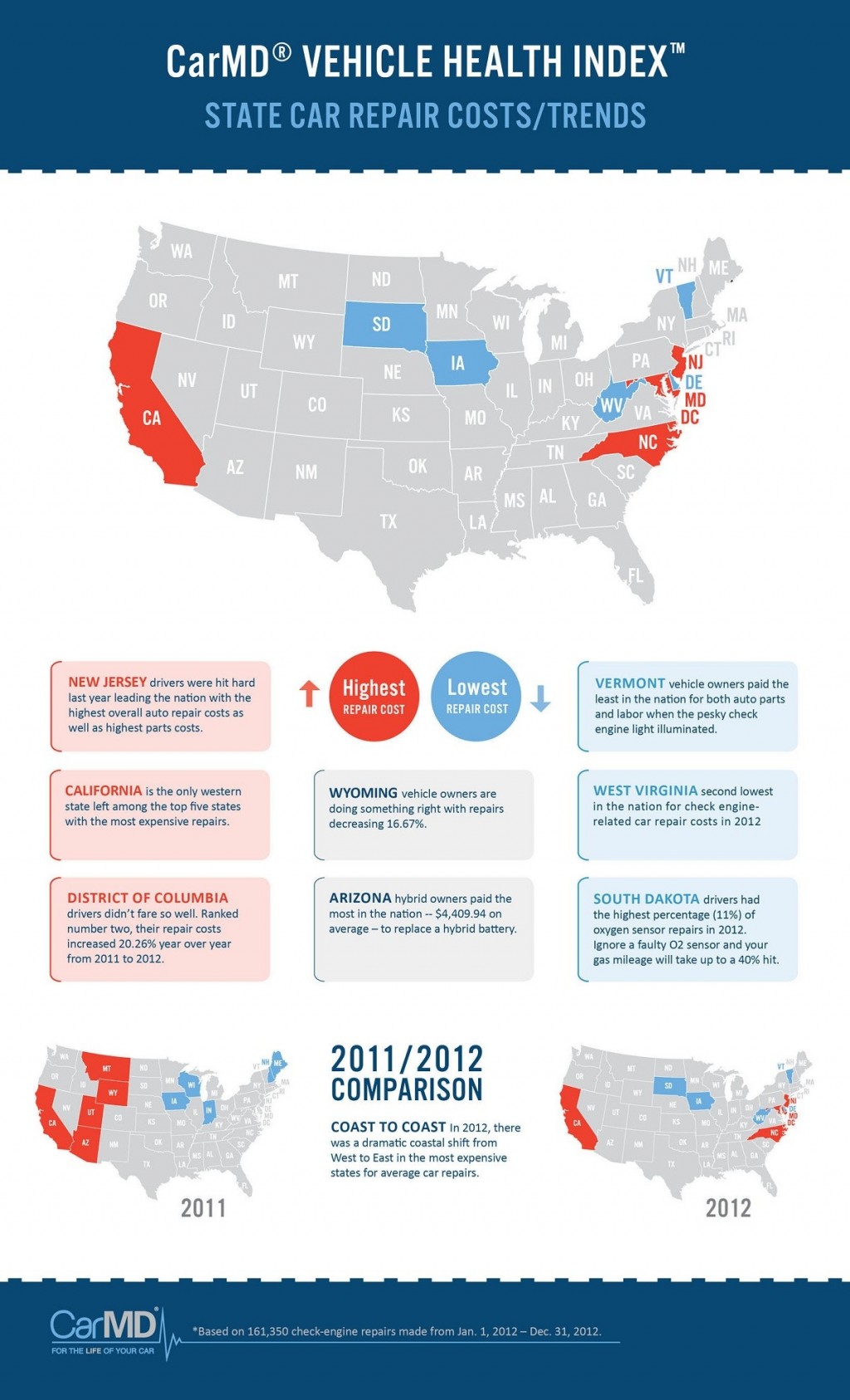Wondering Concerning The Definition Behind Those Dashboard Caution Lights? Gain Understandings Right Into Their Implications For Your Vehicle'S Safety And Security And Upkeep
Wondering Concerning The Definition Behind Those Dashboard Caution Lights? Gain Understandings Right Into Their Implications For Your Vehicle'S Safety And Security And Upkeep
Blog Article
Content Composed By-Vinson Forbes
When you're behind the wheel, those beautiful warning lights on your dashboard can be a bit difficult. Do you know what they're trying to tell you about your vehicle's wellness? Recognizing the significance of these lights is crucial for your safety and security and the long life of your car. So, the following time among those lights turns up, would not you intend to understand its message precisely and take the required steps to resolve it?
Common Warning Lights and Interpretations
Recognize typical warning lights in your automobile and comprehend their definitions to make certain risk-free driving.
The most typical warning lights consist of the check engine light, which signifies problems with the engine or discharges system. If this light comes on, it's critical to have your car inspected without delay.
The oil pressure warning light suggests reduced oil pressure, requiring instant attention to prevent engine damage.
A blinking battery light may recommend a defective charging system, possibly leaving you stranded if not resolved.
The tire stress tracking system (TPMS) light notifies you to reduced tire pressure, impacting vehicle stability and gas performance. Neglecting this might bring about risky driving conditions.
The abdominal light indicates a trouble with the anti-lock braking system, jeopardizing your capability to stop quickly in emergency situations.
Finally, the coolant temperature cautioning light warns of engine overheating, which can cause severe damage otherwise resolved swiftly.
Recognizing these common warning lights will aid you resolve concerns immediately and keep safe driving conditions.
Importance of Prompt Interest
Recognizing the common caution lights in your vehicle is just the primary step; the importance of quickly dealing with these cautions can't be highlighted sufficient to guarantee your safety and security when traveling.
When a warning light brightens on your dashboard, it's your car's means of communicating a potential issue that requires focus. Overlooking visit website can bring about more severe troubles in the future, endangering your safety and possibly costing you a lot more in repairs.
Trigger interest to alerting lights can stop breakdowns and crashes. As an example, a blinking check engine light might indicate a misfire that, if left ignored, can cause damages to the catalytic converter. Resolving this promptly can conserve you from an expensive repair work.
Likewise, a brake system alerting light could indicate low brake fluid or worn brake pads, important parts for your security when driving.
Do It Yourself Troubleshooting Tips
If you discover a caution light on your dashboard, there are a few DIY repairing tips you can attempt before seeking expert aid.
The primary step is to consult your automobile's guidebook to recognize what the specific caution light suggests. In some cases the problem can be as simple as a loosened gas cap setting off the check engine light. Tightening the gas cap might deal with the problem.
Another common concern is a reduced battery, which can activate numerous cautioning lights. Examining the battery connections for deterioration and guaranteeing they're safe and secure may fix the issue.
If a warning light lingers, you can attempt resetting it by separating the automobile's battery for a few minutes and then reconnecting it. In addition, examining your car's fluid levels, such as oil, coolant, and brake fluid, can assist troubleshoot advising lights associated with these systems.
Conclusion
To conclude, recognizing your auto's warning lights is necessary for maintaining your vehicle running smoothly and safely. By quickly addressing these alerts and recognizing what they mean, you can avoid pricey repair work and potential break downs.
Remember to consult interior cleaning car for particular details on each warning light and take action as necessary to make certain a hassle-free driving experience.
Keep notified, stay secure on the road!
